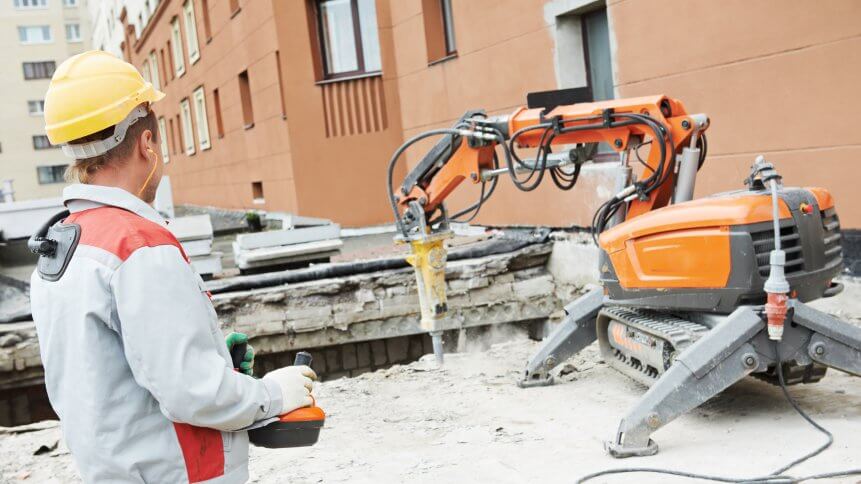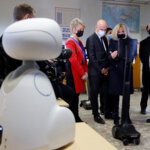AI and robotic solutions minimize construction fatalities

- Both AI and robotic solutions make it possible to improve construction efficiency and reduce costs
- The robotics market will expand to US$8 billion in 2030, with a projected CAGR of 32.5%
- According to the US Bureau of Labor Statistics, construction worker fatalities rose 5% in 2019, totaling 1,061 deaths
The workplace is supposed to be a safe environment. However, industrial accidents still occur, due in part to the failure of employers and employees to take proper safety measures.
The construction sector, in particular, remains one of the most dangerous industries in the United States, accounting for a high percentage of workplace fatalities. With an increased number of large construction projects, safety concerns are on the rise too.
Construction sites are dangerous, no matter how advanced the tools available to human workers. The machines and equipment used in construction work can be weighty and hard to handle, especially for humans who lack superhuman strength, coordination, and agility.
High construction fatalities in the US
According to the US Bureau of Labor Statistics, construction worker fatalities rose 5% in 2019, totaling 1,061 deaths – making this the highest number of worker deaths recorded since 2007.
Despite safety measures taken to prevent accidents, workers still sustain severe injuries. In 2019, there were 229,410 injuries due to contact with objects and equipment, severe enough that they resulted in time away from work. Meanwhile, 1,270 US workers died in work-related crashes involving motor vehicles (24% of all deaths).
Harnessing AI solutions
Artificial intelligence (AI) may not be the first thing that comes to mind when thinking of construction, but it is a technology that could change the face of this often-treacherous industry.
The application of artificial intelligence is spreading rapidly in the enterprise space, with AI solutions making it possible to improve efficiency and reduce costs. However, the adoption rate of harnessing AI maintenance solutions is still growing at a snail’s pace.
The implementation of AI solutions involves significant challenges. First and foremost, companies need to integrate the technology into their existing infrastructure. Legacy systems cannot support AI solutions in many cases, which requires organizations to replace outdated technologies with new ones.
Firms incorporate AI with robotic add-ons
While most companies are still trying to figure out how to incorporate AI into their businesses, others have already started using the technology for a wide range of purposes.
Most recently, Construction Robotics announced its new cobot, a brand new addition to their line of robotic arms used for construction purposes. The main goal of these cobot arms is to improve safety on construction sites by reducing manual labor and saving time for both workers and managers.
RinTinto uses artificial intelligence (AI) to extract actionable insights to improve the safety and efficiency of their mines. AI is harnessed to perform a variety of tasks – from generating orebody models to organizing equipment dispatch to predicting maintenance needs.
Robotic scene growing exponentially
In the next five to 10 years, robotics will become a key player in making buildings. According to a new report from advisory firm ABI Research, the cobot market, which had a global valuation of US$475 million in 2020, will expand to US$8 billion in 2030, with a projected CAGR of 32.5%.
The construction industry will reap the benefits of this growth, as more robots are deployed onto building sites. Construction robots, such as those from FBR, formerly known as Fastbrick Robotics, can significantly improve efficiency and safety in construction projects.
Meanwhile, the BotX Welder developed by Hirebotics and utilized Universal Robots’ UR10e collaborative robot arm, debuted in 2019. The BotX enables manufacturers to automate arc welding on small batch runs not feasible for traditional automatons.
AI and robotic solutions are set to transform the construction industry for both better and worse. On one hand, these innovations can be used to automate repetitive tasks and minimize accidents — reducing workers’ injuries. On the other hand, many jobs in this industry require a high degree of creativity and hands-on skill that few AI and robotic applications have been able to master. With so many lives at stake, it’s high time for big changes in the industry.










